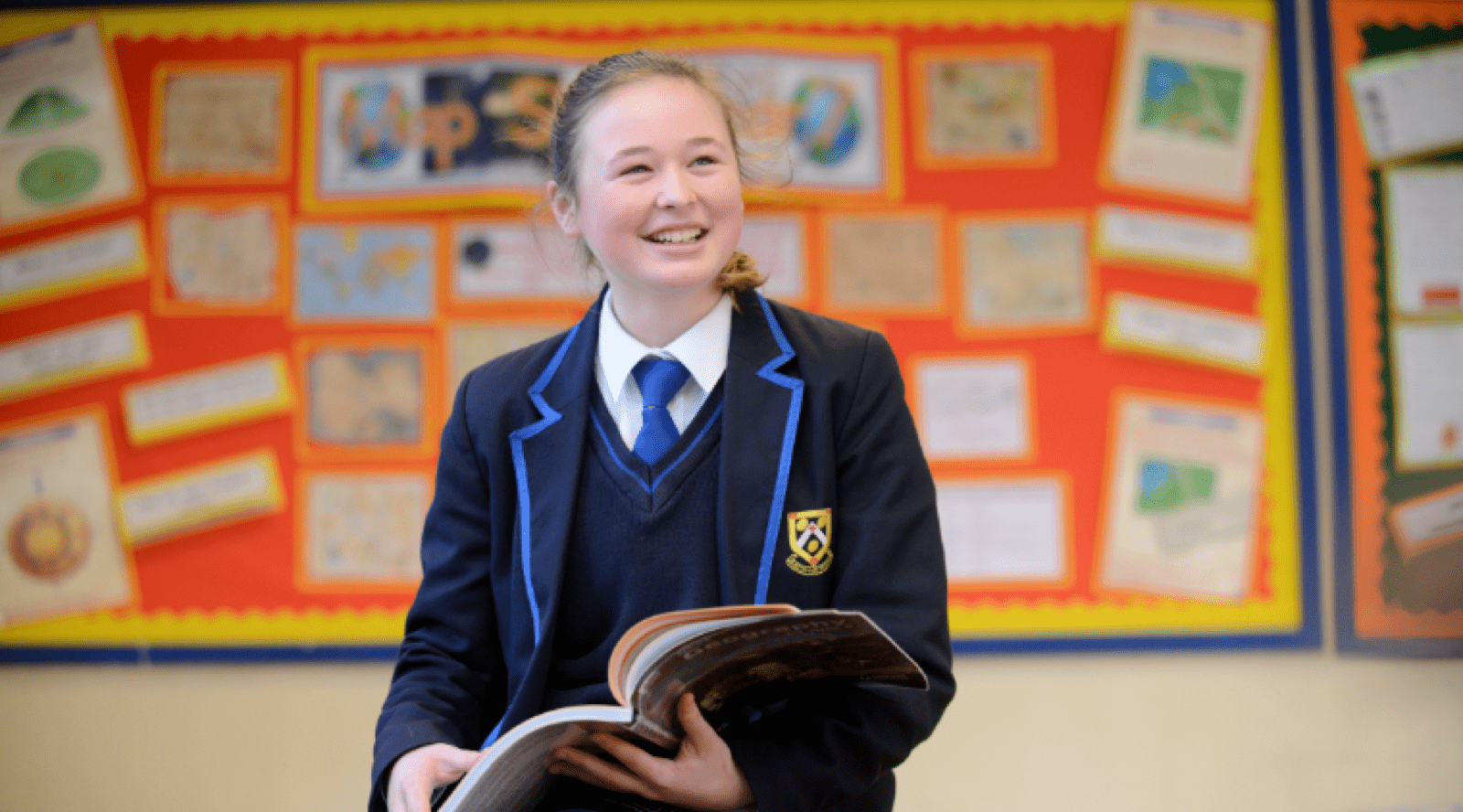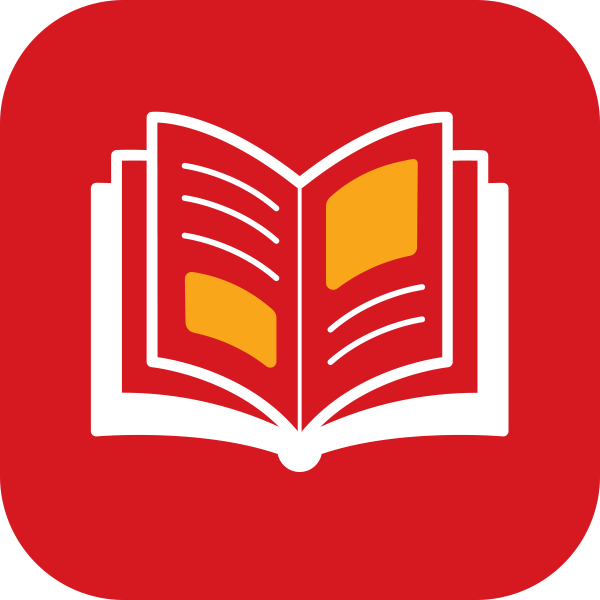EIC offers the English National Curriculum in an international context to more than 500 boys and girls of many nationalities, aged three to eighteen years. Students sit IGCSE and GCSE examinations in Year 11 and those who qualify to enter the Sixth Form study for AS levels and A2 (A) level examinations in preparation for university entrance at 18. Although the predominant language is English, being the first language of 80% of our students, the remaining 20% presents us with a most valuable diversity of cultures and nationalities.
Each year, the school celebrates its academic success and progression through ‘A Year of…’. In the past, this has included themes such as ‘The Year of Diversity’ and ‘The Year of Charity’. When thinking of a suitable theme for this academic year, we really wanted to find something that would encompass and be suitable to all subjects and all age ranges. Reading seemed such an obvious and prevalent theme because of the amount you can learn and gain access to, just from reading a book!
Targeted reading assessment
The sheer volume of ideas and discussions that began to buzz around the table meant that we knew we had picked something with real meaning and significance. In addition, we knew that this theme would be one in which we could really engage students, teachers and parents with.
EIC had run a pilot scheme of the New Group Reading Test (NGRT), based on the previous experience of one of our colleagues. As a senior leadership team, we were really impressed with the data that we received, but more importantly, with the detail and personalisation of the individual reports. Finally, we had something concrete that indicated to us where the strengths and weakness of a student were, but more notably, the report showed us how a pupil’s results would have implications for our teaching and learning, and what we could do to help each individual become a better reader. Any previous reading assessment often gave us very generic results and targets, and we were lacking being able to give meaning to a reading assessment.
Identifying where interventions are needed
A specific component of the report that we found particularly useful was the analysis of a child’s response to the test. As an International school, some of our students do not have English as their first language, or perhaps they did not start their primary education with us until Key Stage 2. It has been very interesting to see that perhaps a component that has hindered a child's reading progress is a specific gap in their phonological understanding. As a result of this, we are now able to address the issue and put in place some specific targets to help eradicate this gap.
So far this academic year, children from Year 3 to Year 9 have all taken NGRT, and their individual reports have been shared with teachers and departments. In the Primary school, class teachers have used the reports to generate a school reading target and a home reading target. This information will then be shared with parents, to highlight and strengthen the home/school relationship.
We have also been able to identify children who need some intervention with their reading, perhaps with extra reading sessions or a short programme of phonics. For our more gifted readers, we are looking to work with our librarian to formulate a comprehensive reading list that not only challenges these students and their reading ability, but allows them to explore a range of literature that perhaps they would not have experienced before.
Towards the latter end of the academic year, students will once again be tested using NGRT and we will be tracking each individual’s progress to see how successful and powerful our Year of Reading has been.


